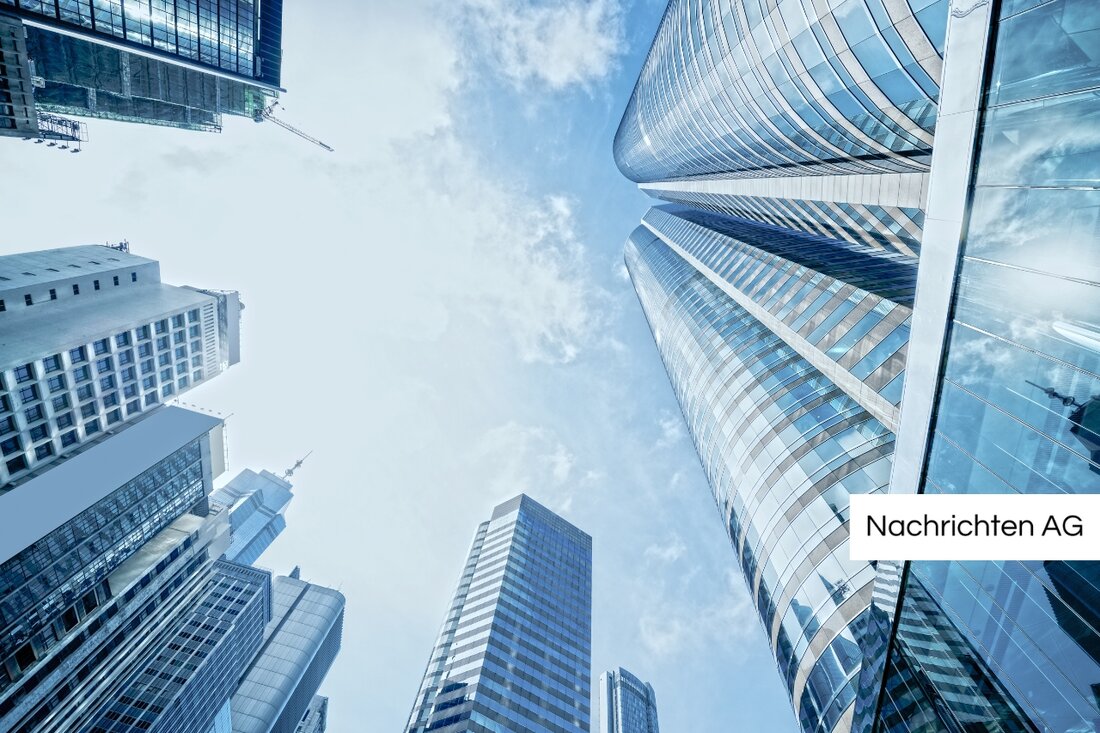Cologne inspires: First passive house reaches new renovation standard!
The first serially renovated residential building in Cologne-Nippes achieves high energy standards and creates new living space for students.

Cologne inspires: First passive house reaches new renovation standard!
There is reason to be happy in Cologne- Zollstock: The first serially renovated existing building in Germany has achieved the 40 EE efficiency house standard and is certified as a passive house plus. The architectural firm teamtektura, in collaboration with Korona Holzbau, placed particular emphasis on the implementation of this remarkable project. The apartment building with its attractive reddish facade made of aluminum diamonds is not only an architectural gem, but also part of the ARTE documentary “Good News from the Planet”. The project, which has already won the Heinze Architecture Award, was completed by the Cologne Housing Cooperative at Vorgebirgspark (WGaV) eG, and it was recognized by the state government as KlimaQuartier NRW.
But what is behind this innovative serial renovation? The high energy standard is achieved, among other things, through the installation of photovoltaic systems, heat pumps and a tenant electricity model. In addition, emphasis is placed on ecological building materials and circular planning. The facade elements were prefabricated and are based on a wooden frame construction with cellulose insulation. This approach proves to be economically advantageous compared to traditional energy modernization, as geb-info.de reports. This could significantly reduce renovation costs.
Funding opportunities and economic advantages
Another incentive for serial renovation is the KfW funding opportunities. With up to 40% funding for serial renovations and 25% for conventional modernization, there is obvious financial benefit here. A bonus for facades was newly introduced as part of the federal funding for efficient buildings, which grants 15% of the renovation costs as a repayment subsidy if certain conditions are met. This includes, among other things, that new facade and roof elements must consist of factory-prefabricated supporting structures that are built based on a digital 3D measurement, such as [kfw.de].
But the need for living space in Germany is enormous: around 800,000 apartments are currently missing and 7.6 million square meters of office space are unused. This not only has an impact on rental prices in university cities, which can sometimes be up to 30 euros per square meter. The project in Cologne-Nippes, which converts a former administration building into 137 apartments for students and young professionals, shows how a solution could be found through political support and the “Business to Housing” program. There are 360 million euros available for this in the 2026 federal budget.
Innovative solutions in building renovation
Serial renovation is seen as the key to achieving a climate-neutral building stock. The independent competence center for serial renovation, which operates under the patronage of the Federal Ministry for Economic Affairs and Climate Protection (BMWK), aims to develop new, innovative renovation solutions. Since 2017, over 400 companies have been working in an active pioneering network to renovate buildings within a few weeks at affordable costs. The focus is on driving market development and reducing regulatory hurdles: initiatives like those of dena.de play a crucial role here.
And it stays exciting! With the further development of technologies such as window heating and the introduction of cost-optimized all-in-one facades by companies such as Vonovia, the market for serial renovations could gain further momentum in the next few years. The goal remains constant: to find solutions for affordable housing that are as cost-effective as possible and thus make a significant contribution to climate protection.

 Suche
Suche
 Mein Konto
Mein Konto